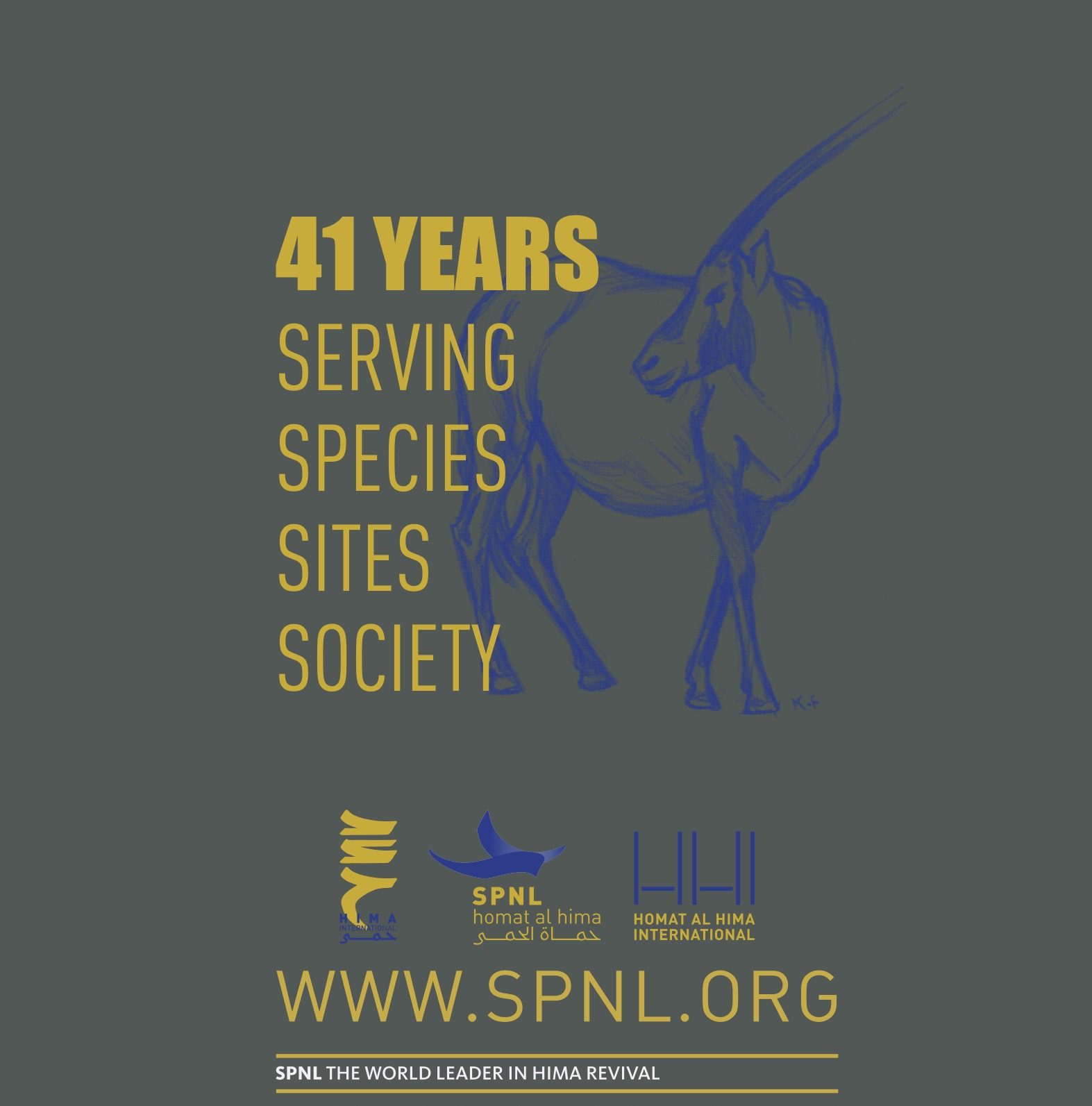In this video, Assad Serhal explains why Hima is Important?
Al Hima’ which means a protected area or place is a traditional system of management of resources practiced by indigenous people in the Arabian Peninsula. This concept has been used by the Society for the Protection of Nature in Lebanon for the conservation of Key Biodiversity Areas and as means of engaging and empowering the local community at its Hima sites. The Hima concept uses traditional, community-based approaches to conservation in order to achieve sustainable use of the local, natural resources. Examples of the use of the Hima approach and the benefits it brings for nature and people are outlined.
SPNL is reviving the Hima approach in collaboration with municipalities in order to promote the conservation of Important Bird Areas (IBAs) and conserve the sustainable use of natural resources.
In 2014 IUCN voted on a decision to recognizes the various forms and names of Community Conservation, such as Al Hima (ﺍﻟﺣﻣﻰ), Mahjar, Agdal, Qoroq, Adat or any similar systems of community-based management present in West Asia and North Africa, as a holistic approach that empowers local and traditional knowledge, culture and heritage, including the conservation of natural resources and a boost to livelihoods






